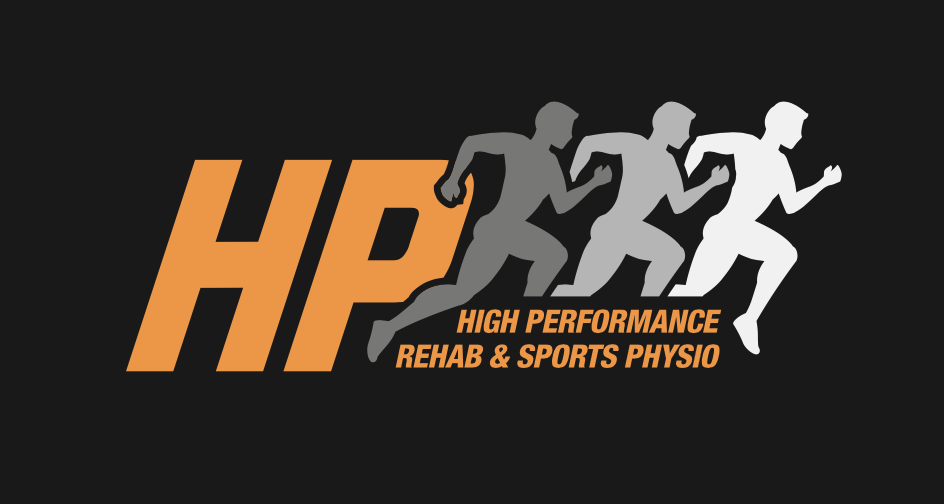Written By Martin Law
You tripped, landed hard on your shoulder, and now lifting your arm feels impossible. What’s going on up there?
What is it
The AC joint (short for acromioclavicular joint) is located at the top of your shoulder, where your collarbone (clavicle) meets a part of your shoulder blade called the acromion.
A sprain occurs when the ligaments that stabilise this joint are stretched or torn, typically when force exceeds what the ligament can tolerate. This often happens from a fall directly onto the shoulder or onto an outstretched hand.
AC joint sprains lie on a classification called the Rockwood classification (a scale from 1-6), which classifies the severity of the AC joint sprain with reference to an X-ray. The higher the classification, the more damage there is to certain structures.
Type I – Mild (Sprain)
What it is: Minor stretching of the AC ligaments, no tearing
What you see: No visible deformity, normal X-ray
Function: Shoulder is stable, but tender to touch
Recovery: 1–2 weeks with conservative care
Type II – Partial Dislocation
What it is: Tear of the AC ligament, but coracoclavicular (CC) ligaments are still intact
What you see: Mild bump or prominence at the joint
Function: Slight loss of motion or discomfort with overhead use
Recovery: 2–4+ weeks with rehab
Type III – Complete Dislocation
What it is: Full tear of both AC and CC ligaments
What you see: Visible step deformity ("bump") on top of the shoulder
Function: More noticeable weakness or instability
Recovery: Often managed without surgery, but surgical consideration for active individuals or cosmetic concerns (6-8 weeks with rehab)
Type IV – Posterior Displacement
What it is: The distal clavicle is pushed backward into or behind the trapezius muscle
What you see: Obvious deformity, often confirmed with imaging
Management: Usually surgical
Types IV–VI are more severe and less common, often needing surgical input. We’ll refer you to the right specialists if needed.
How Does It Happen?
Common mechanisms include:
Falling directly onto the tip of the shoulder
Landing on an outstretched arm
Contact injuries in sports like rugby, AFL, or cycling
These forces place sudden strain on the AC ligaments, potentially causing pain, swelling, and joint instability.
How Is It Diagnosed?
A physiotherapist or doctor will examine your shoulder movement, pain location, and strength
An X-ray may be used to confirm the grade of injury
In some cases, an ultrasound or MRI may help rule out other injuries
What Are the Symptoms?
Dull throbbing pain
Pain with overhead movements
Pain with reaching across the body
Pain with externally rotating your shoulder
Possible bump, swelling, or bruising over the joint
What can it be mistaken for?
Clavicle Fracture
Rotator Cuff Strain
Shoulder Impingement
Shoulder Dislocation/Subluxation
If you have intense pain, visible deformity, or can’t lift your arm at all, seek a physiotherapist or doctor promptly to rule out fractures or more serious injury.
What Can We Do?
Manual therapy to reduce pain and restore movement
Individualised rehab exercises to strengthen shoulder stabilisers, increase shoulder movement, and maintain shoulder strength while the ligament is healing
Education and activity guidance to avoid flare-ups and re-injury
Taping to help with AC joint support and posture
Can It Be Prevented?
While it can be difficult to reduce trauma to the AC joint or shoulder during contact sports, the risk of a sprain can be reduced by:
Ensure a proper warm-up of your shoulder before games
Strengthening the shoulder muscles to attenuate impact
Learning how to fall safely
Shoulder pain bothering you?
Let’s take a look — the earlier you get on top of it, the better the outcome.
We regularly work with athletes and active individuals recovering from AC joint sprains — whether it’s post-rugby match or an awkward fall.



